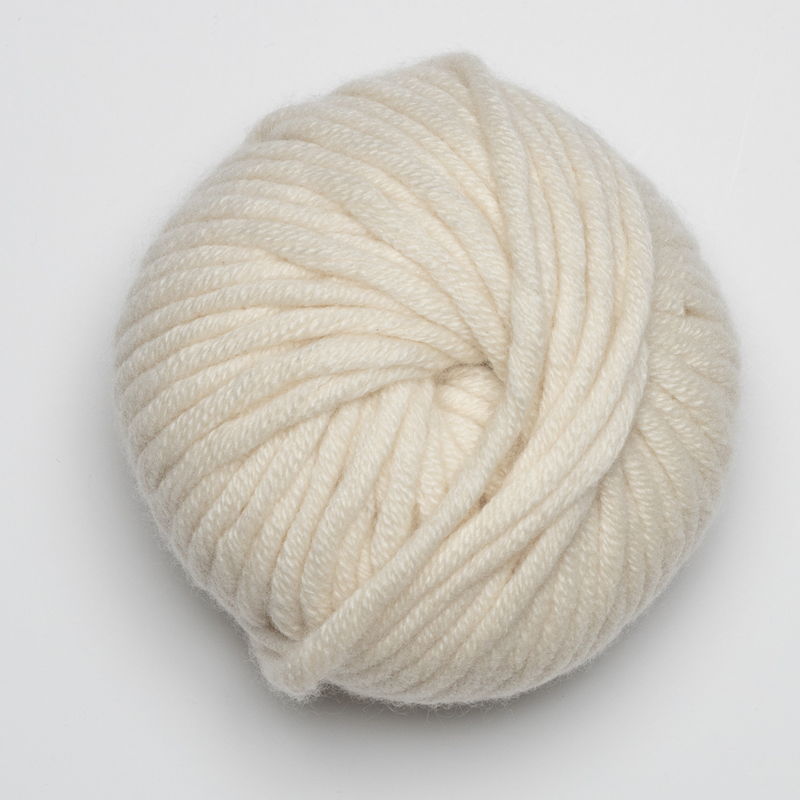Exploring the Different Sorts Of Cashmere a Natural Fiber for Ultimate High-end
Cashmere, a natural fiber, is commonly connected with luxury and comfort. Nonetheless, not all cashmere is produced equal. From the highly soft Mongolian variety to the light-weight heat of Indian Pashmina, each kind offers its very own unique attributes and allure. The more inexpensive Chinese cashmere, the standard Scottish version, and the high-end Italian mix, all inform a various tale of this remarkable fiber. As we unravel the world of cashmere, a much deeper understanding of its real value and class begins to arise.
Understanding the Glamorous Nature of Cashmere
Cashmere, usually associated with luxury and convenience, holds a special attraction in the world of all-natural fibers. Unlike other natural fibers, cashmere combines insulation with breathability, using unequaled comfort across varying temperature levels. Its lustrous coating and soft structure contribute to its high-end allure, validating the premium cost that usually comes with cashmere garments.
Simply What Is Cashmere and Where Does It Come From?

Given these extraordinary qualities, one might question the origin and makeup of this extravagant fiber. Cashmere is originated from the soft undercoat of cashmere goats, primarily found in Mongolia, China, Iran, and Afghanistan - is cashmere a natural fiber. These goats are adjusted to rough climatic problems, producing an extremely great, soft underfur as a protection versus the bitter cold. This underfur, or undercoat, is what is collected for cashmere. Each springtime, when the goats normally shed their winter season coat, farmers comb the great underhair, leaving the coarser hair behind. This careful procedure adds to the shortage and high price of cashmere. With its beginning in the rough landscapes of Asia, cashmere is a testimony to nature's ability to generate deluxe from difficulty.
Deciphering the Different Sorts Of Cashmere
Comprehending the various kinds of cashmere is essential to valuing the high quality and one-of-a-kind qualities of this extravagant material. Normally, cashmere is classified into three types: raw, virgin, and reused. Raw cashmere is straight obtained from the goat and is unrefined. This kind often has pollutants such as dirt and rugged hair. Virgin cashmere, on the various other hand, is the pure, unrecycled product that is spun right into yarn for the first time. It is the softest and most extravagant. Recycled cashmere is made from virgin material that has actually been formerly used. It is re-spun and used in producing lower-cost cashmere products. Deciphering these types is the very first step in recognizing the exclusivity and value of cashmere.

The Special Qualities of Each Kind Of Cashmere
Having actually explored the different classifications of cashmere, it ends up being evident that each kind boasts its distinct collection of characteristics. Mongolian cashmere, for instance, is like it renowned for its premium top quality, due to Mongolia's extreme winter seasons that create longer and finer fibers. Conversely, Chinese cashmere is commonly more cost effective, though its shorter fibers can decrease durability.
Why Cashmere Is the Embodiment of Luxury in Style
Cashmere holds an esteemed position on the planet of fashion, considered a symbol of high-end and refinement. Its appeal is not just in its softness and heat, but also in its rarity and the careful process associated with its purchase. Cashmere is originated from the great undercoat of Himalayan goats, known for their exceptional top quality fiber. The deficiency of this look here fiber, integrated with the labor-intensive procedure of collection, adds to its high cost and unique status. In addition, cashmere's unequaled comfort and resilience make it a desired product in the development of premium garments. Its all-natural lightweight and shielding buildings include in its worth, making it the embodiment of high-end in vogue.
The Process of Making Cashmere: From Goat to Garment
The trip of cashmere, from being an undercoat of a Himalayan goat to an extravagant garment, is an elaborate one. This mix is then painstakingly divided, with just the soft down made use of for cashmere. From goat to garment, each step is a testament to the virtuosity, ability and perseverance included in crafting cashmere.

Conclusion
In conclusion, cashmere, with its natural Click Here sophistication and unparalleled convenience, preponderates in the globe of deluxe fashion. The diversity in types, varying from the soft Mongolian, lightweight Indian Pashmina, affordable Chinese, traditional Scottish, to the colorful Italian, reveals the versatility of this natural fiber. The scrupulous procedure of transforming it from a goat to a garment better adds to its exclusivity, making cashmere the embodiment of sophistication and high-end.
Cashmere, an all-natural fiber, is frequently associated with luxury and comfort (is cashmere a natural fiber).Cashmere, typically connected with high-end and comfort, holds an one-of-a-kind allure in the world of all-natural fibers. Unlike various other natural fibers, cashmere combines insulation with breathability, providing exceptional convenience throughout varying temperatures. Cashmere is acquired from the soft undercoat of cashmere goats, mainly found in Mongolia, China, Iran, and Afghanistan. Cashmere is derived from the great undercoat of Himalayan goats, understood for their exceptional quality fiber